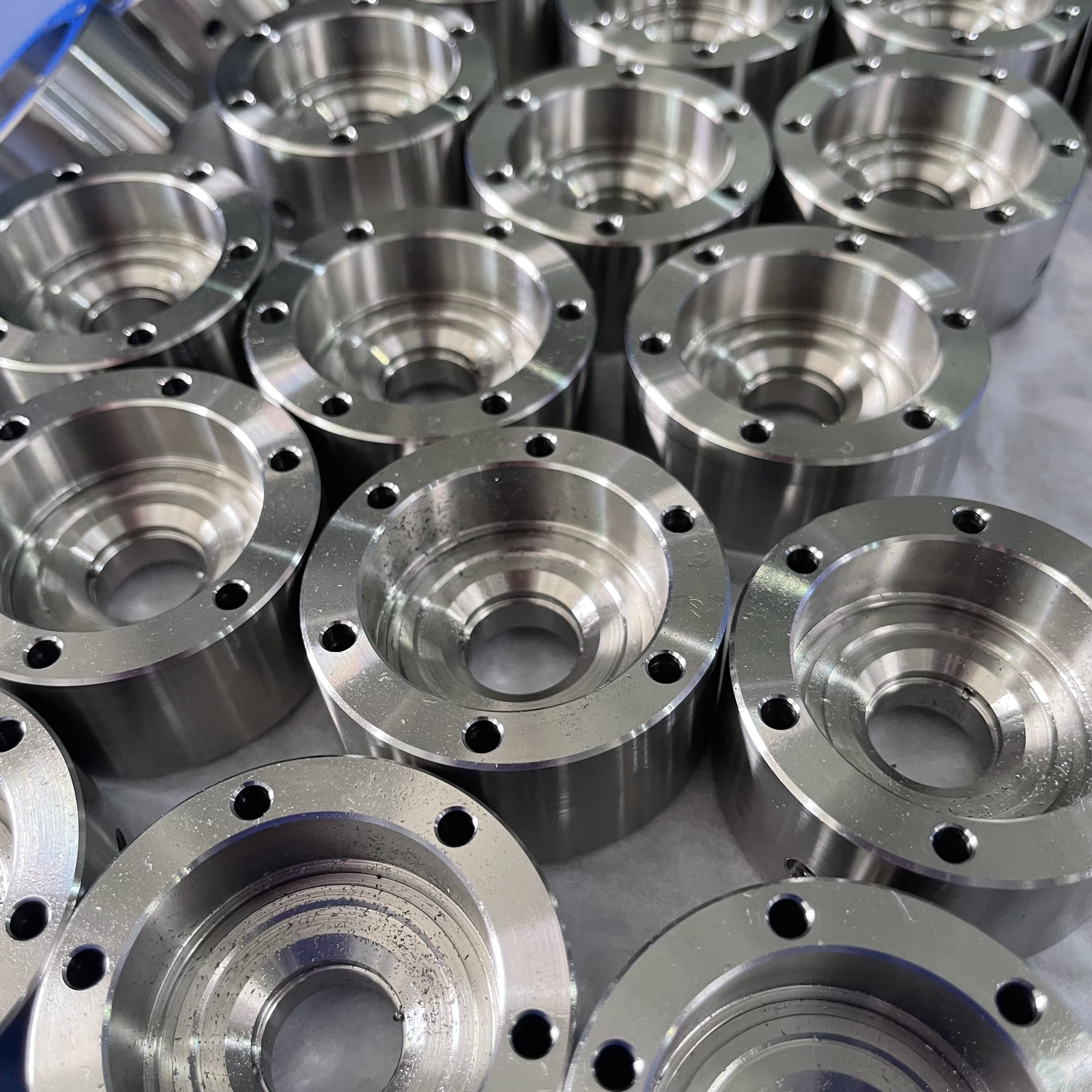Solving the Machining Dilemma: NC Milling and CNC Engraving for Optimal Results

Understanding the Basics of Machining
What is Machining?
Machining is the process of using machines to shape materials into desired forms. It involves cutting, drilling, and shaping raw materials such as metal, plastic, or wood to create precise components for various applications.
The role of machines in shaping materials
Machines play a crucial role in machining by utilizing tools such as drills, lathes, and milling machines to remove excess material and form the workpiece into the required shape. This process allows for the creation of intricate parts with high accuracy and consistency.
The Importance of Choosing the Right Process
Selecting the appropriate machining process is essential in determining the quality and characteristics of the final product. Different processes, such as CNC milling and CNC engraving, have varying effects on the workpiece.
How different processes affect the final product
The choice of machining process directly impacts factors such as surface finish, dimensional accuracy, and production time. Each method offers unique advantages that cater to specific requirements, ensuring optimal results for diverse manufacturing needs.
By understanding these fundamental aspects of machining, manufacturers can make informed decisions when selecting the most suitable approach for their production requirements.
Exploring the Power of NC Milling
NC milling, also known as numerical control milling, is a machining process that utilizes computerized controls to operate and manipulate machine tools. NC milling works by inputting specific commands into the computer, which then guides the cutting tools to remove material from the workpiece, resulting in the desired shape and dimensions.
How NC milling works
In NC milling, a pre-programmed set of instructions dictates the movement of the cutting tool in multiple axes, allowing for precise and complex cuts to be made. This level of automation ensures consistent accuracy and repeatability in the manufacturing process, reducing human error and increasing overall efficiency.
The importance of NC milling in rough machining
NC milling plays a crucial role in rough machining due to its ability to rapidly remove large volumes of material from a workpiece. This process is particularly effective for creating initial shapes and removing excess material before proceeding to more detailed finishing operations.
Benefits of NC Milling in Rough Machining
Speed and efficiency in material removal
One of the primary advantages of NC milling in rough machining is its capability to swiftly eliminate substantial amounts of material from a workpiece. This results in shorter production times and enhanced productivity, making it an ideal choice for high-volume manufacturing processes.
Examples of NC milling applications
Creating molds for plastic injection molding
Fabricating large metal components for industrial machinery
Producing prototypes for new product development
The Precision of CNC Engraving
CNC engraving, short for computer numerical control engraving, is a specialized machining process that involves using automated tools to create precise and intricate designs on various materials. CNC engraving operates by following programmed instructions to carve patterns, lettering, or images onto the surface of a workpiece with exceptional accuracy.
Understanding CNC Engraving
The process of CNC engraving begins with the creation of a digital design or pattern, which is then translated into machine-readable code. The CNC machine uses this code to guide the cutting tool as it meticulously etches the desired design onto the material. This method allows for consistent and repeatable engravings, ensuring uniformity across multiple workpieces.
Why CNC engraving is suited for finishing tasks
CNC engraving is particularly well-suited for finishing tasks due to its ability to achieve fine details and intricate designs with minimal margin for error. It excels in refining surfaces and adding decorative elements to finished products, enhancing their aesthetic appeal and functionality.
Advantages of CNC Engraving
Achieving high precision and detail
One of the primary advantages of CNC engraving is its capability to achieve exceptionally high levels of precision and detail. This level of accuracy enables the creation of intricate patterns, small text, and complex designs with sharp clarity, making it an ideal choice for applications that demand meticulous craftsmanship.
Use cases of CNC engraving
Personalizing jewelry and accessories with custom engravings
Adding serial numbers or logos to industrial components
Creating detailed artwork on promotional items such as plaques or awards
Combining NC Milling and CNC Engraving for Perfection
When it comes to achieving precision and perfection in machining, the combination of NC milling and CNC engraving offers the best of both worlds. These two processes complement each other seamlessly, providing a comprehensive approach to material shaping and design customization.
How NC milling and CNC engraving complement each other
NC milling excels in rough machining, swiftly removing excess material to create the initial form of a workpiece. Once the rough shaping is complete, CNC engraving takes over to add intricate details, designs, or markings with unparalleled precision. The speed and efficiency of NC milling pave the way for the meticulous finishing touch provided by CNC engraving, resulting in flawlessly crafted components and products.
Real-world Examples
In real-world manufacturing scenarios, the integration of NC milling and CNC engraving has led to remarkable outcomes. For instance, in the production of custom signage, NC milling is used to carve out the basic shape of the sign from a solid material such as wood or metal. Subsequently, CNC engraving is employed to etch detailed lettering or artistic embellishments onto the surface, elevating the visual appeal of the signage.
This harmonious collaboration between NC milling and CNC engraving showcases their collective potential in achieving optimal results across a diverse range of applications.
See Also
Is CNC Milling a Substitute for CNC Engraving in Detailed Work?
Becoming Proficient in CNC Milling for Accurate Part Manufacturing
Delving into CNC Milling: An In-Depth Look at Precision Engineering
Tailored CNC Milling Solutions: Perfecting Precision Engineering Methods
Addressing Obstacles: Improving CNC Prototyping Precision and Productivity
About US
Follow Us
Your prototype holds unparalleled significance, and we deeply value its uniqueness. Collaborating with you during the preparation phase for running your prototype or parts is a commitment we gladly embrace. Whether it's a single part or a complex assembly, we are dedicated to selecting the optimal tools and pathways to bring your envisioned product to life.
At Precision Fab CNC Machining, we specialize in producing parts for prototypes, short runs, and high-volume production. Our prototyping machine capabilities extend across metal, plastic, and wood machining, with welding fabrication services available to complement and finalize your prototype if required.
Address
Address: Room320 10F, Building A,Nanshan international building, Dayawan District, Huizhou, Guangdong, 516001 China
Contacts
billy@timaycnc.com

